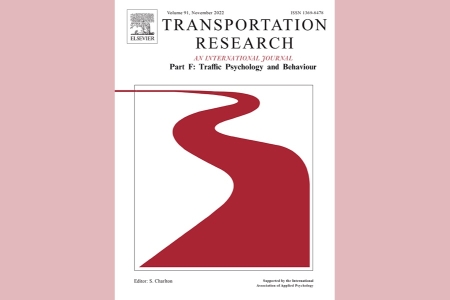SWOV researchers de Zwart, Kamphuis and Cleij coauthored the article 'Driver behavioural adaptations to simulated automated vehicles, potential implications for traffic microsimulation' in Transportation Research.
The ongoing technological development of automated vehicles is bringing their implementation ever closer. Until all vehicles are completely automated there will be a mix of human driven and automated vehicles. To assess impacts of such automated vehicles on traffic safety and flow, techniques involving traffic microsimulations are often used. Here mixed traffic scenario’s are simulated by assigning different behavioural models to automated and to human driven vehicles. The human driver models generally remain unchanged when simulating different penetration rates of automated vehicles. In the real world, however, phenomena like social contagion could result in changes in human driving behaviour when automated vehicle penetration rates increase. To investigate such adaptive behaviour a simulator study was conducted where participants were asked to drive the same route three times, each time with a different penetration rate of automated vehicles.


